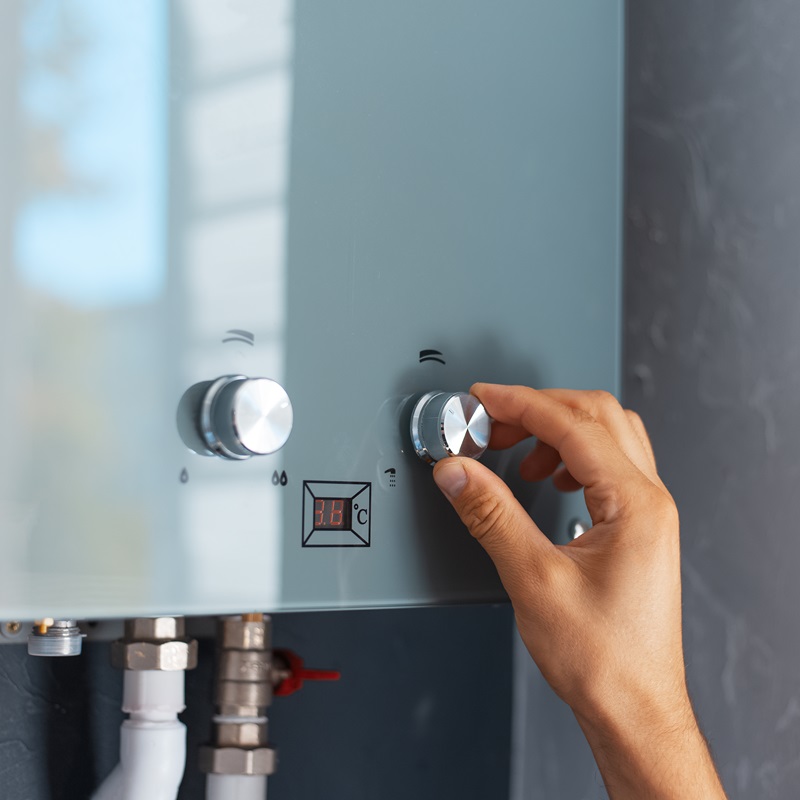Helpful information on geyser sizes for better purchasing decisions.
Helpful information on geyser sizes for better purchasing decisions.
Blog Article
Just how to Pick the Right Geyser to Make The Most Of Energy Effectiveness in your house
Picking an energy-efficient geyser is not as uncomplicated as it appears, needing mindful assessment of various elements. From recognizing the various kinds of geysers, to reviewing their power effectiveness scores and thinking about positioning method, each decision plays a vital role in making best use of effectiveness. Stabilizing the first financial investment with lasting financial savings is also vital. Allow's start this trip to uncover how to make one of the most informed option for a geyser that will decrease your power expenses while making certain ideal performance.

Understanding the Different Sorts Of Geyser
While there are numerous sorts of hot springs readily available on the marketplace, comprehending the distinctions between them is crucial for energy performance (geyser sizes). The very first type, storage space geysers, are one of the most usual and store warm water in a storage tank for use when needed. They are offered in different abilities and are normally energy-efficient, yet they can shed warmth when not being used
The second type is the tankless geyser, which heats up water on need, leading to less energy waste however requiring a higher preliminary power draw. Solar geysers make use of solar power to heat up the water, making them the most energy-efficient but likewise the most costly.
Evaluating Your Household's Hot Water Needs
Prior to diving right into the acquisition of a hot spring, it is crucial to evaluate the hot water demands of your home. This evaluation must take into consideration numerous factors including the number of house members, regularity of warm water use, and the number of warm water electrical outlets in the home (geyser sizes). A tiny family with infrequent warm water usage could need a smaller sized, less effective geyser contrasted to a bigger family members with numerous daily hot water demands
The sort of home appliances that require warm water also play a considerable role. Dishwashing machines and cleaning makers, for example, might need even more hot water than a simple shower or kitchen area sink. Specific tasks such as showering or cleansing also influence the frequency and quantity of warm water required.
Reviewing Energy Effectiveness Ratings of Geyser
Having assessed the hot water requirements of your home, it's crucial to turn your attention to the energy performance ratings of geysers. These ratings, typically provided as Energy Factor (EF), show a hot spring's overall power efficiency based on the amount of warm water created per device of fuel consumed over a regular day. The greater the EF, the extra reliable the hot water heater.

Considerations in Geyser Size and Placement
Beyond energy effectiveness scores, the dimension and positioning of your geyser are critical components to think about. The size of the geyser must align with your family's hot water needs. A tiny geyser may make use of much less energy however may not provide sufficient warm water for several usages at the same time, whereas a larger system can fulfill higher demand but may eat more see this page power.
Positioning additionally influences power performance. Hot springs should be set up near to points of usage to decrease warm loss throughout water transportation. A centrally situated geyser can service numerous locations properly. In addition, thinking about thermal insulation, a geyser situated in a warmer area loses much less warm and as a result makes use of much less power to keep the water temperature.
Price Analysis: Balancing Preliminary Investment and Long-Term Financial Savings
While size and placement undoubtedly play considerable roles in a geyser's power efficiency, one have next page to not overlook the financial aspect. When thinking about the preliminary investment, the cost of energy-efficient hot springs can be more than conventional designs. The raised ahead of time price can be countered by lasting power savings, making it a beneficial financial investment in the lengthy run (geyser sizes).
Examining long-term savings needs an understanding of the geyser's power score. A home appliance with a greater score will take in less power, equating to reduced utility costs gradually. Government motivations and rebates for energy-efficient appliances can also help recoup initial expenses.
Finally, upkeep and life-span must be factored in. Energy-efficient hot springs usually have longer life expectancies and reduced maintenance costs, adding to general savings. Consequently, when stabilizing first investment and long-lasting financial savings, one need to consider not only the acquisition rate but also power usage, federal government motivations, and maintenance expenses.

Conclusion
These include recognizing the kinds of geysers, assessing your house's hot water demands, reviewing energy efficiency ratings, and calculating expense benefits. The right geyser size, positioning, use this link and insulation can substantially decrease energy costs and environmental impact.
Report this page